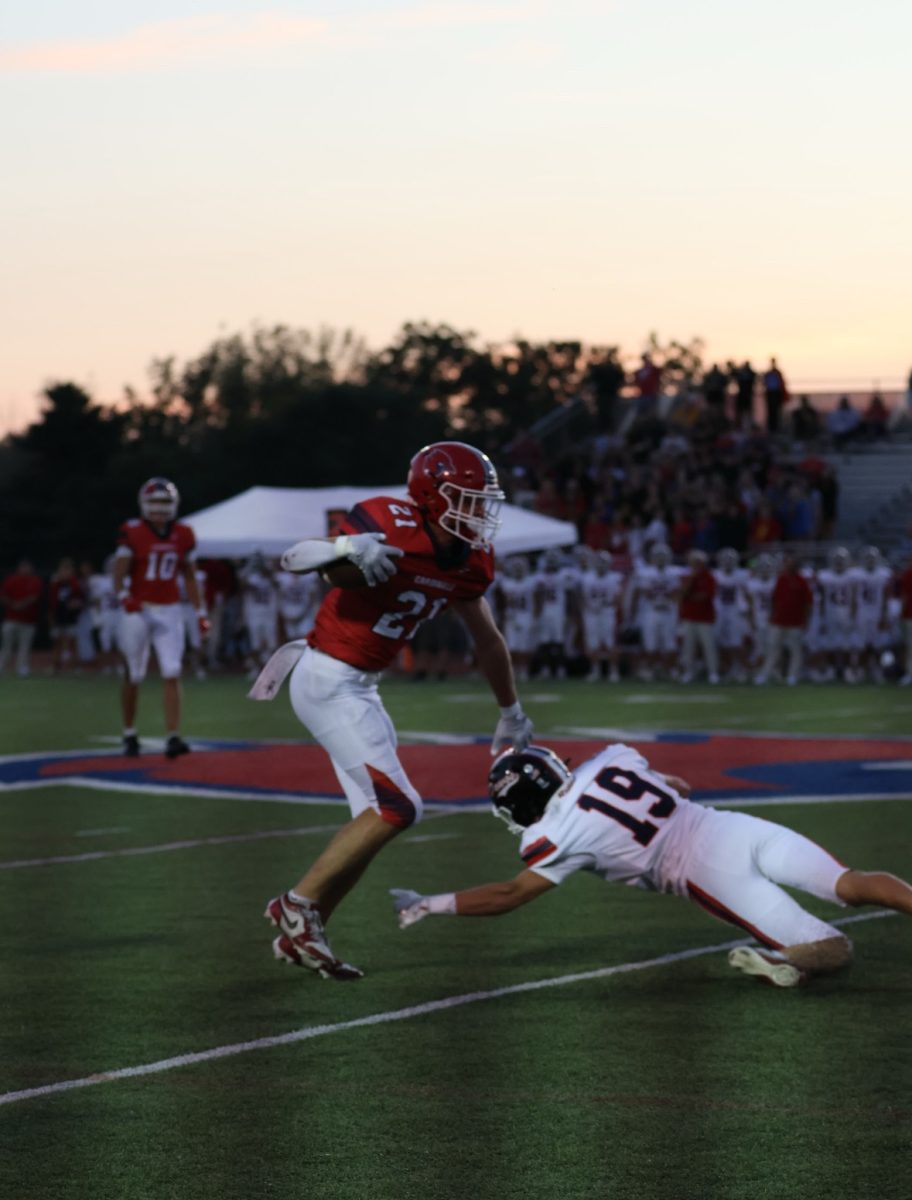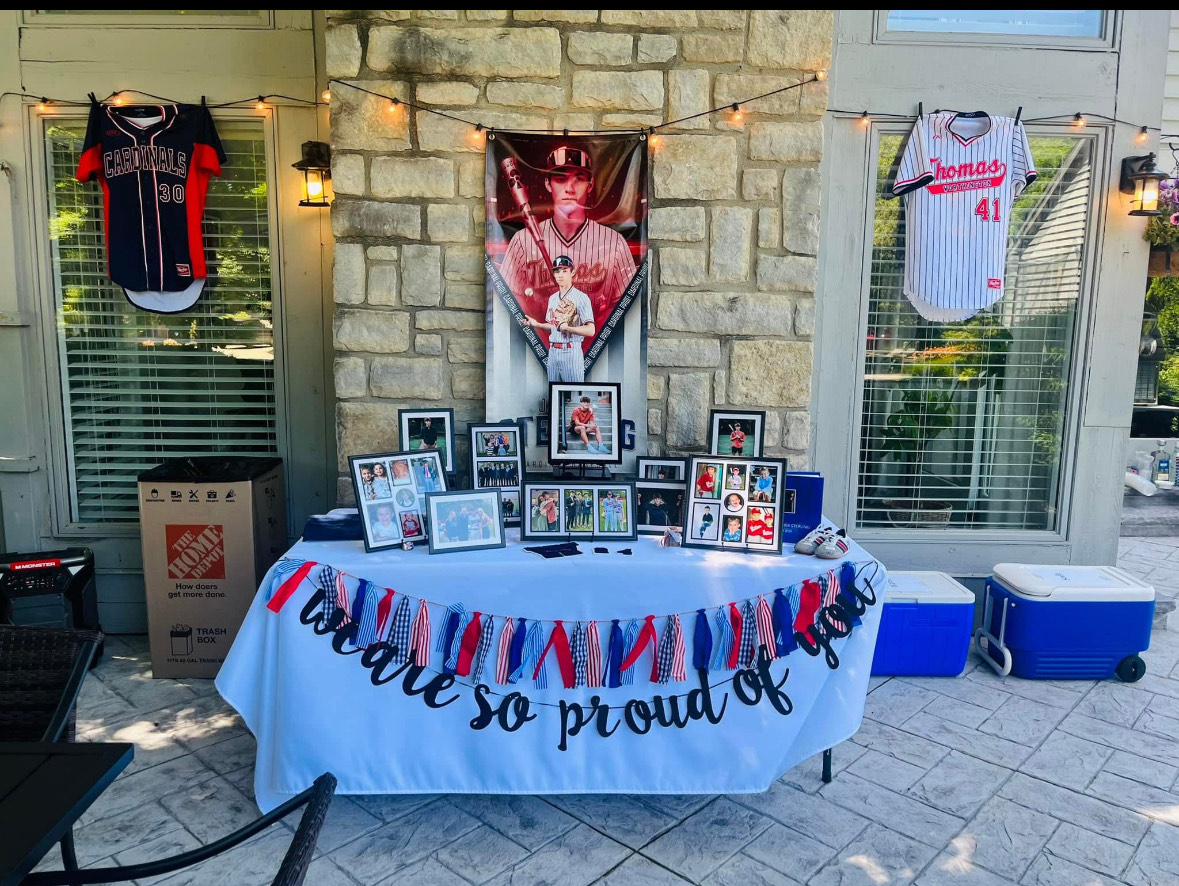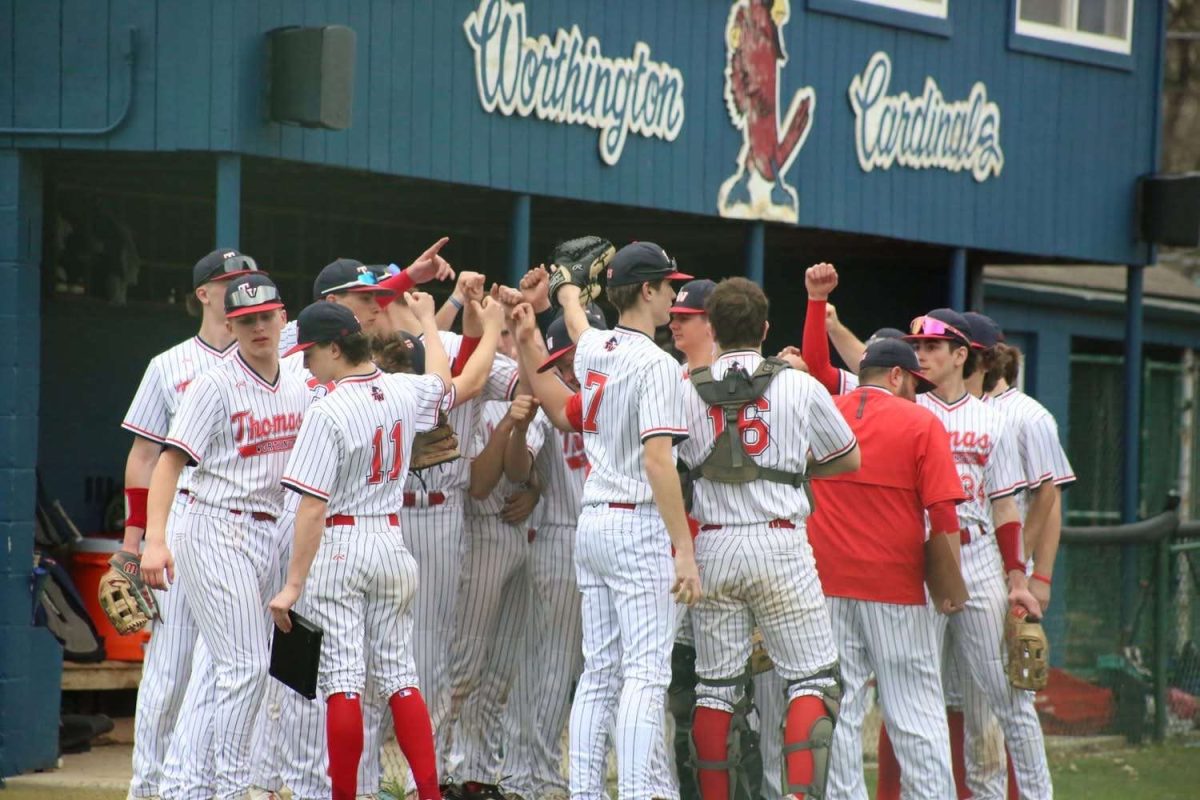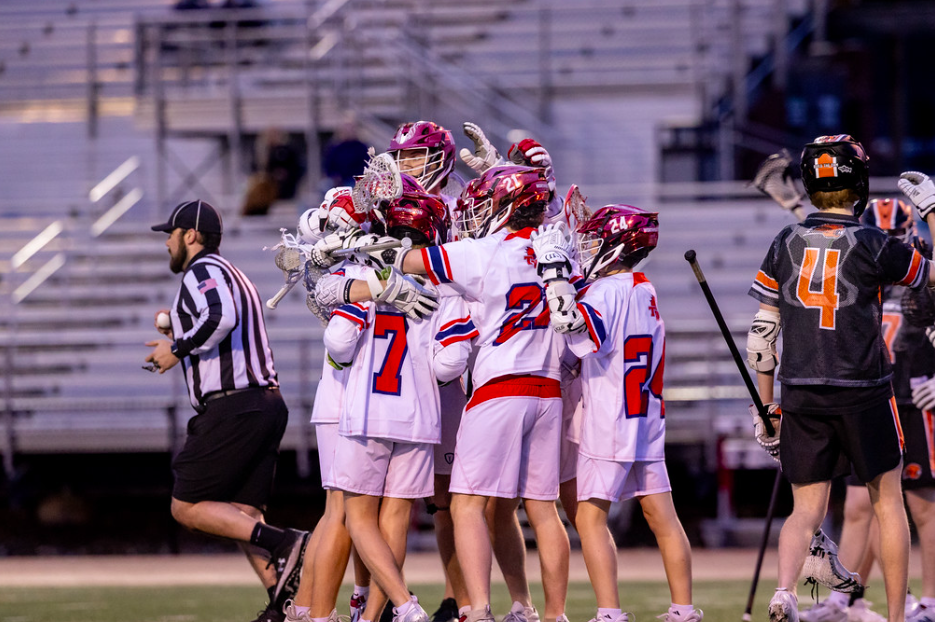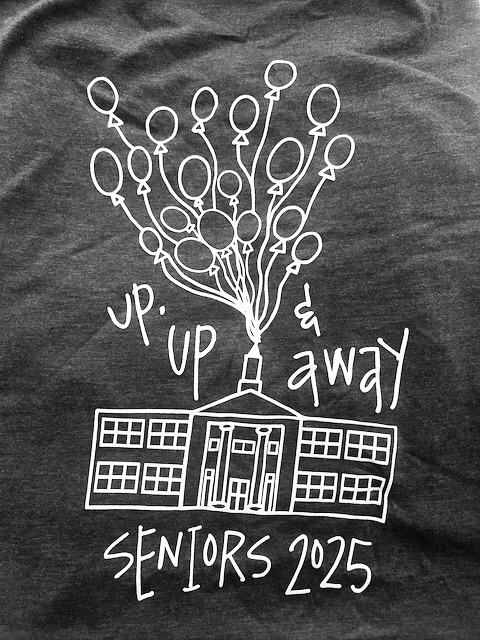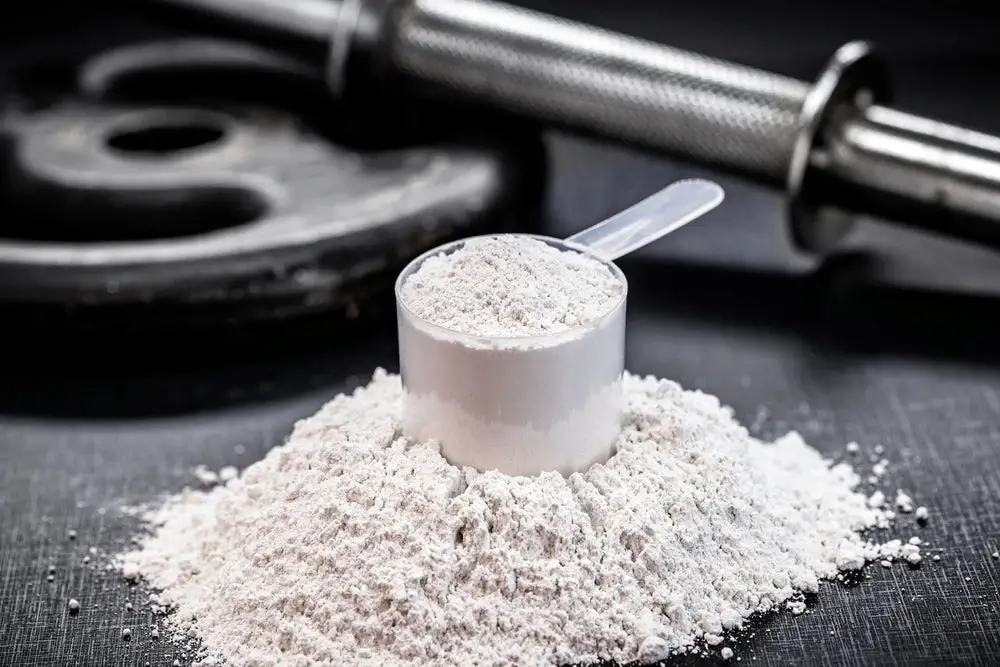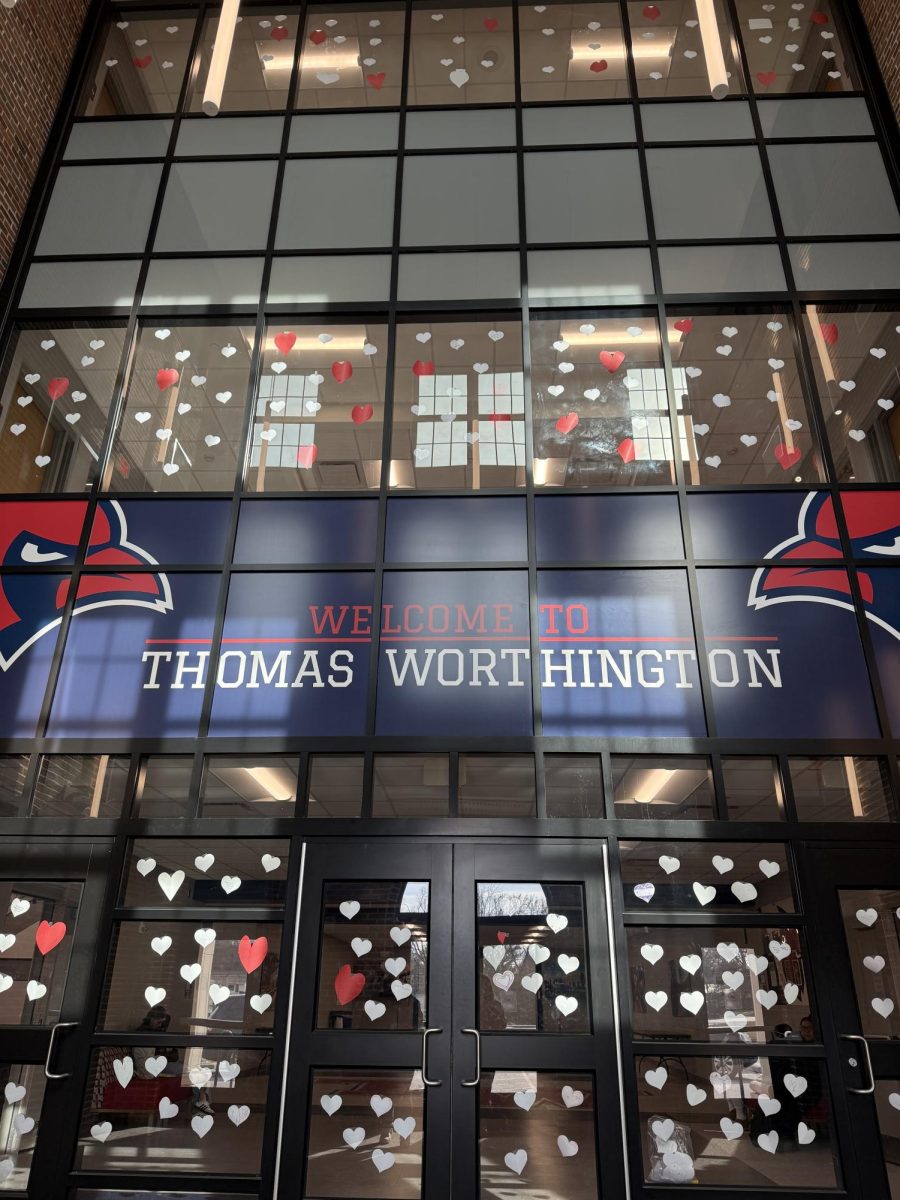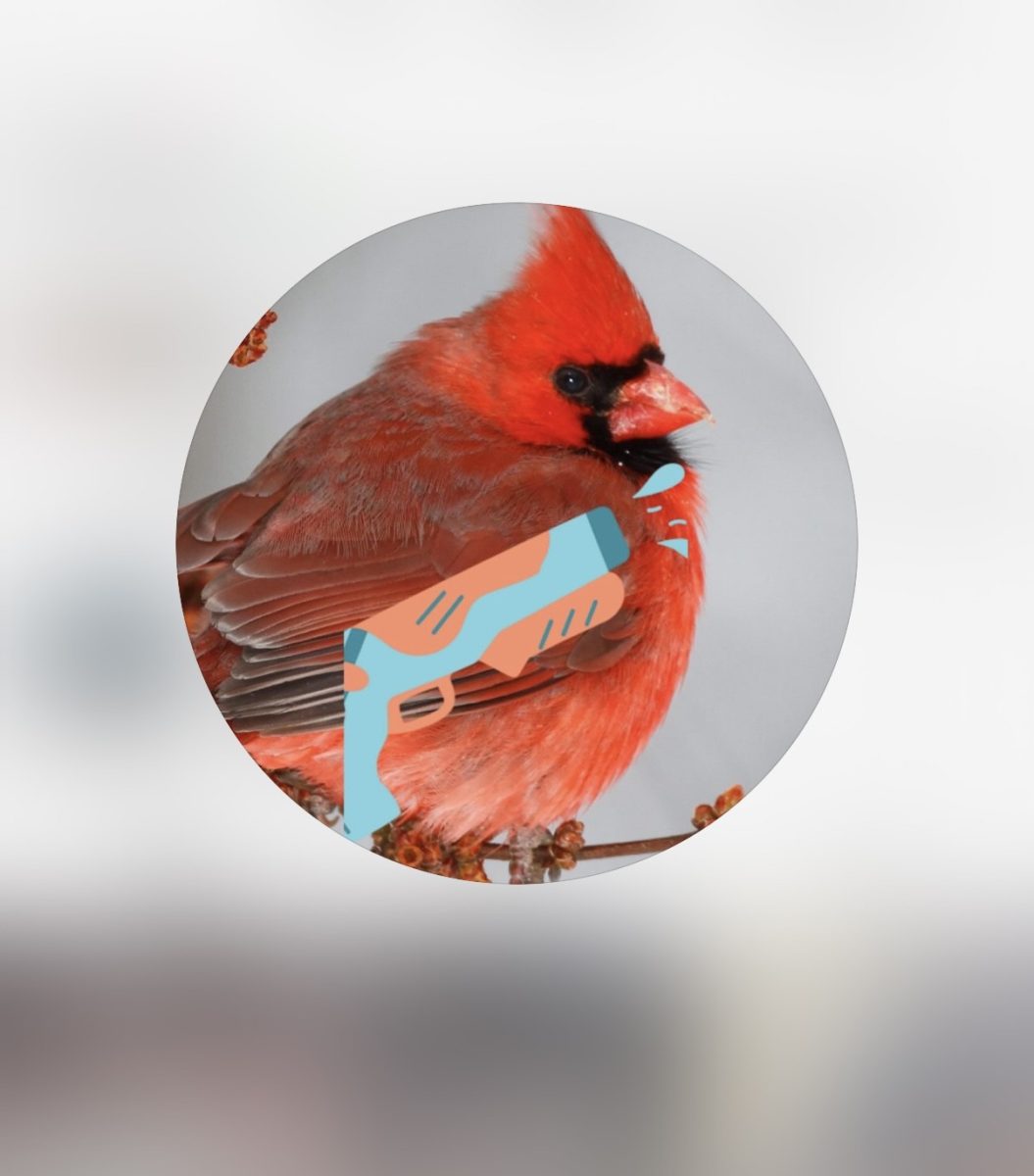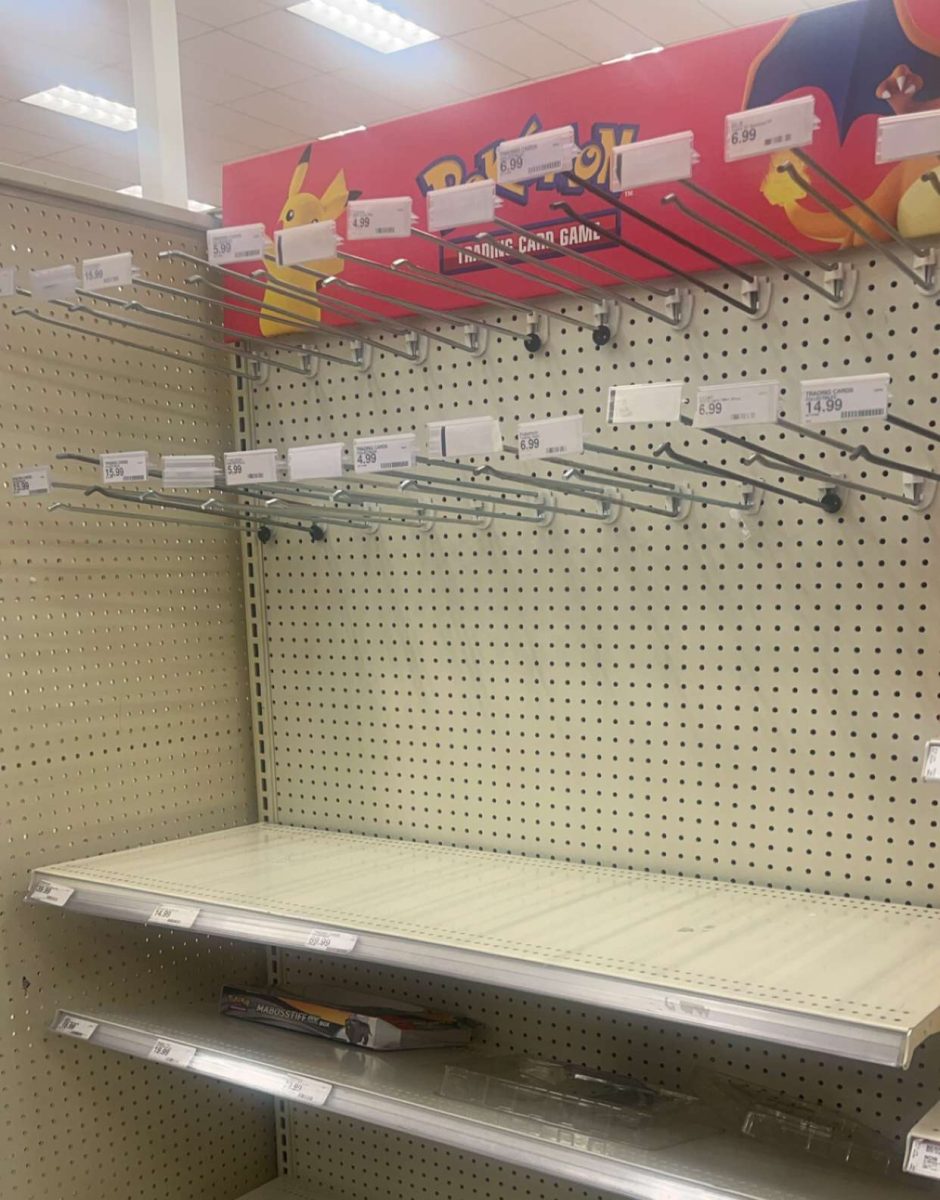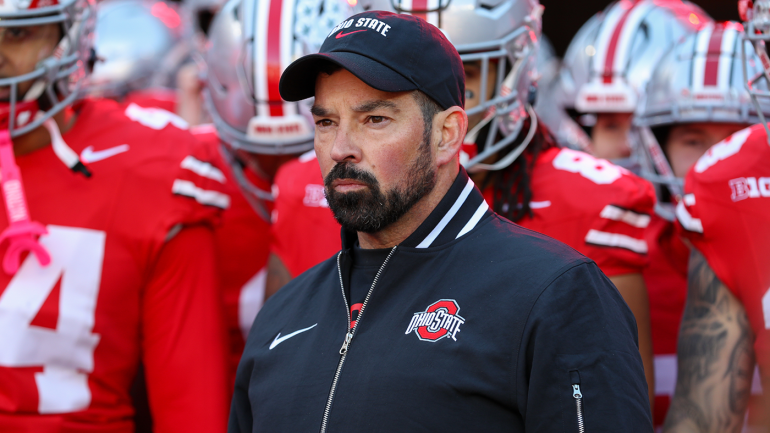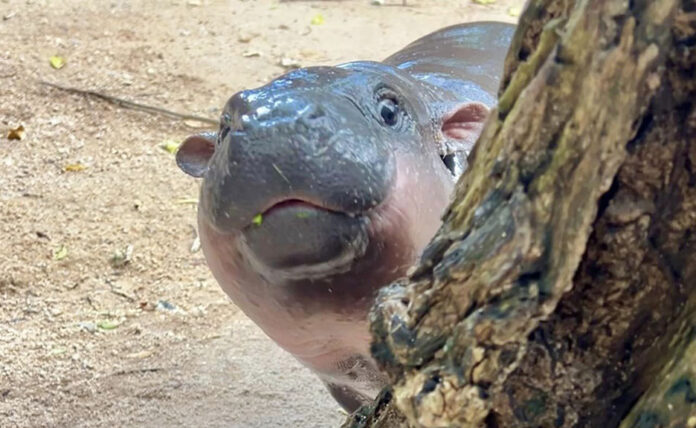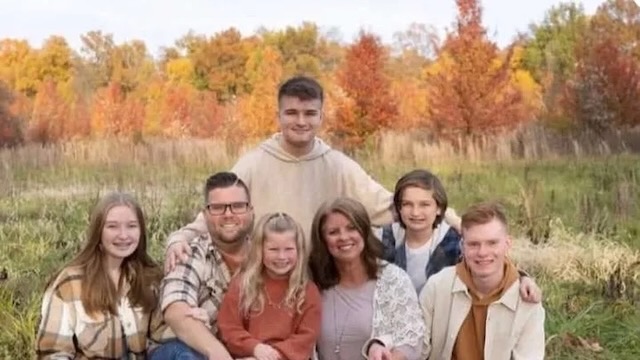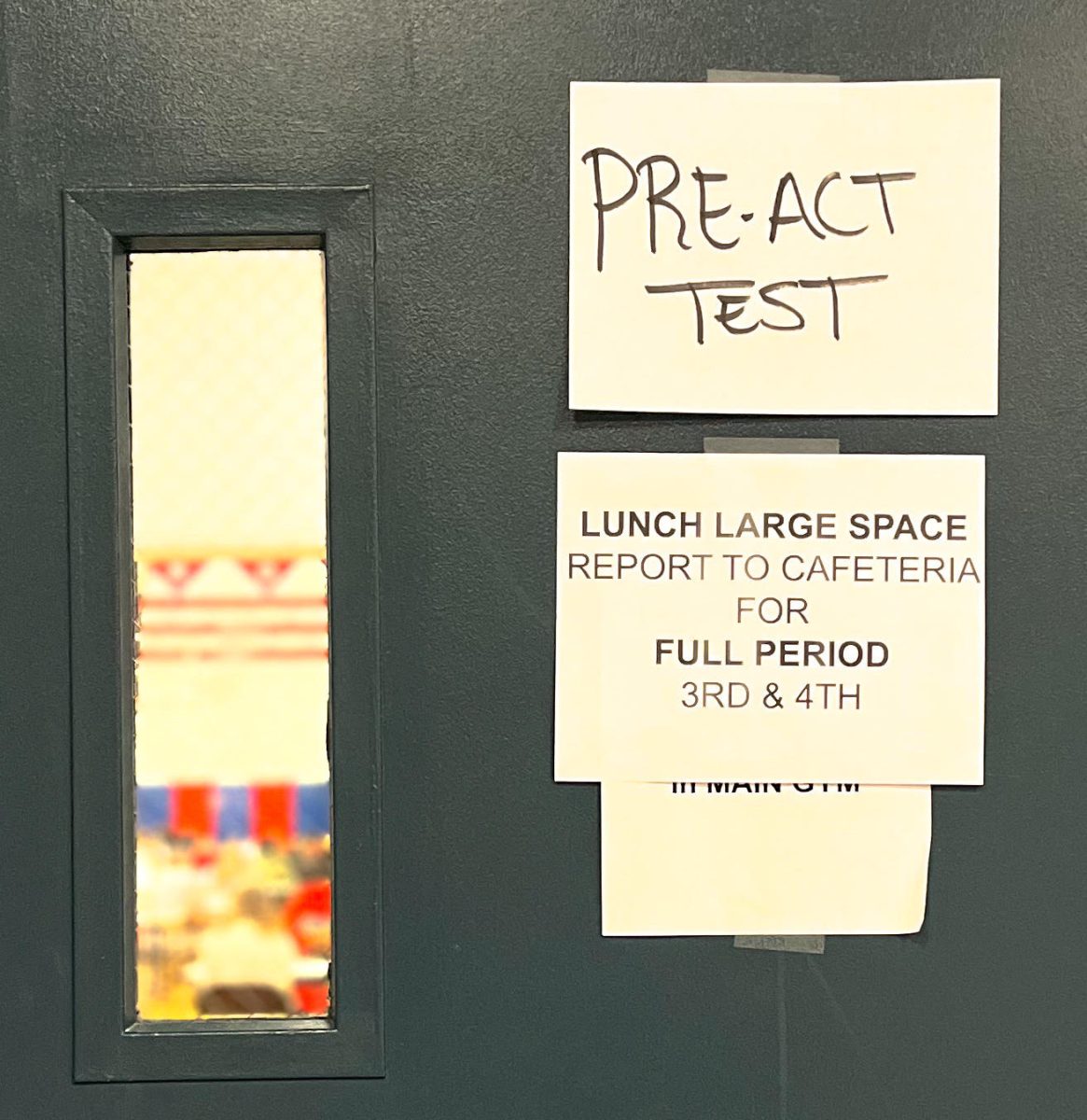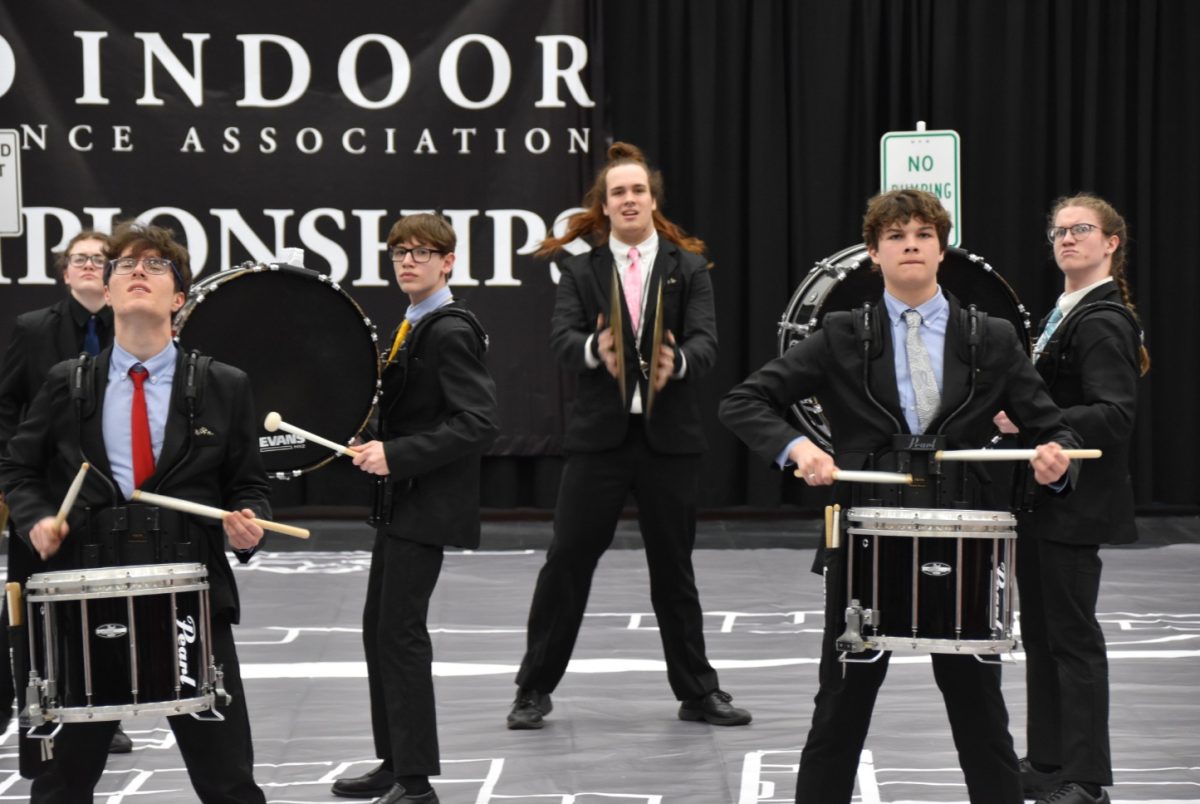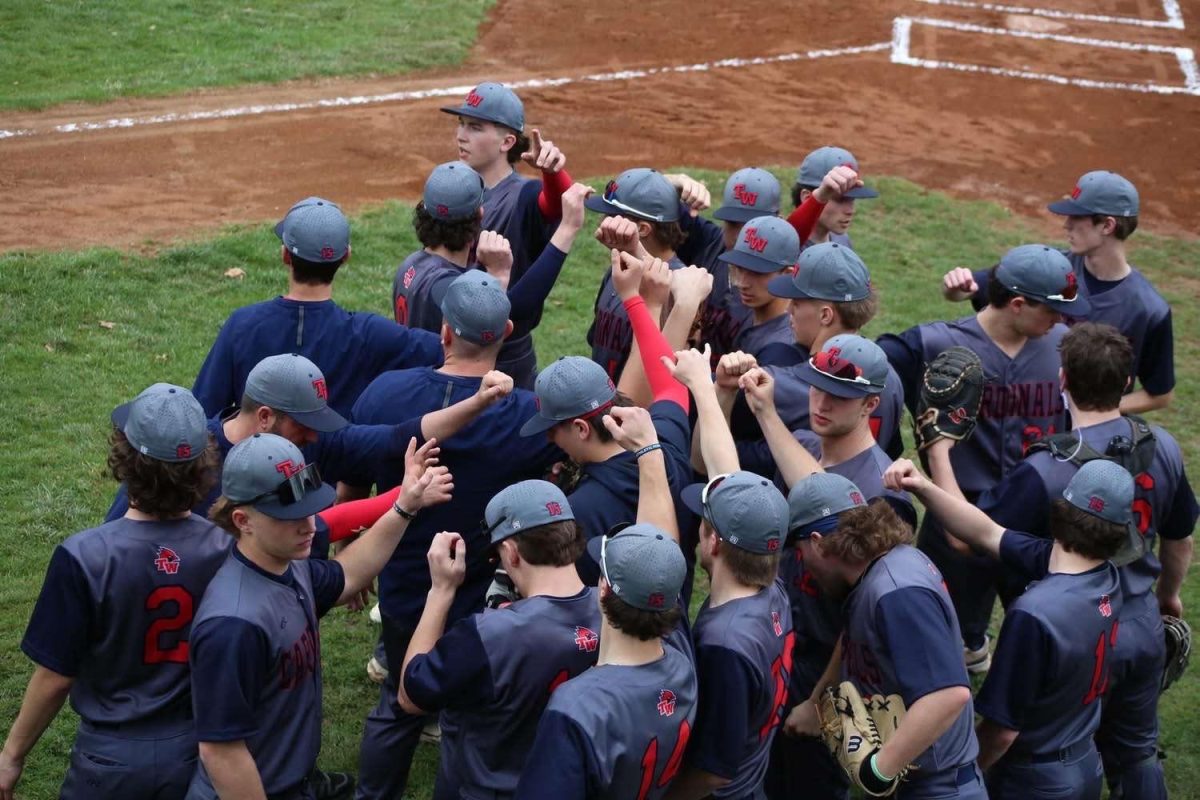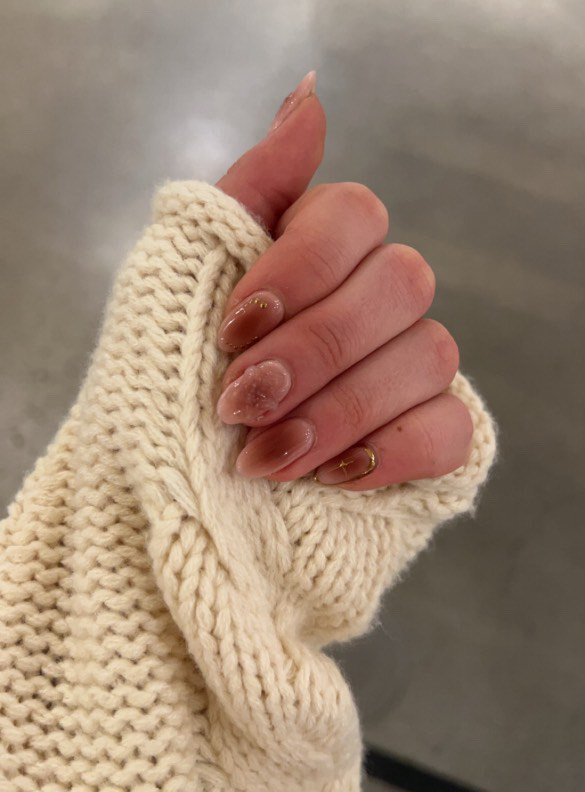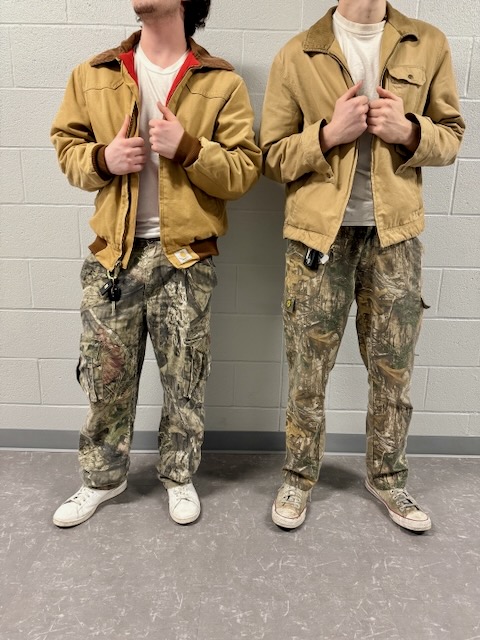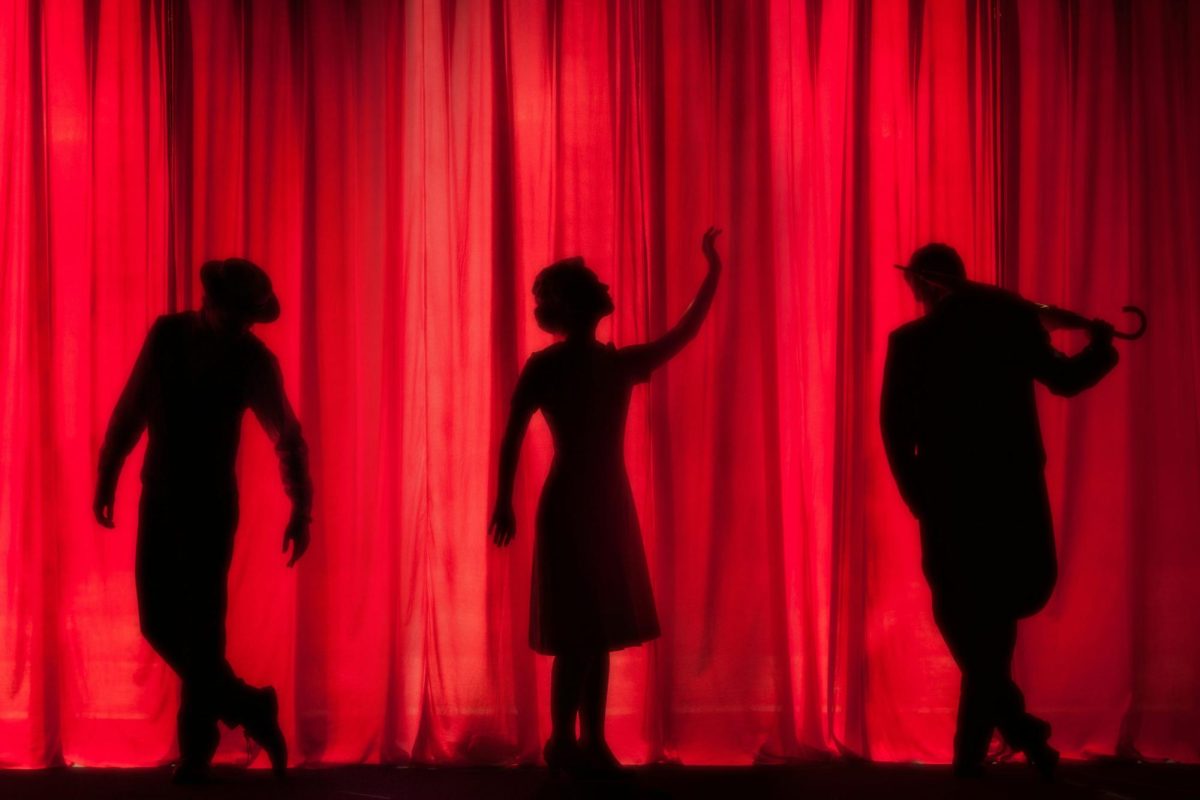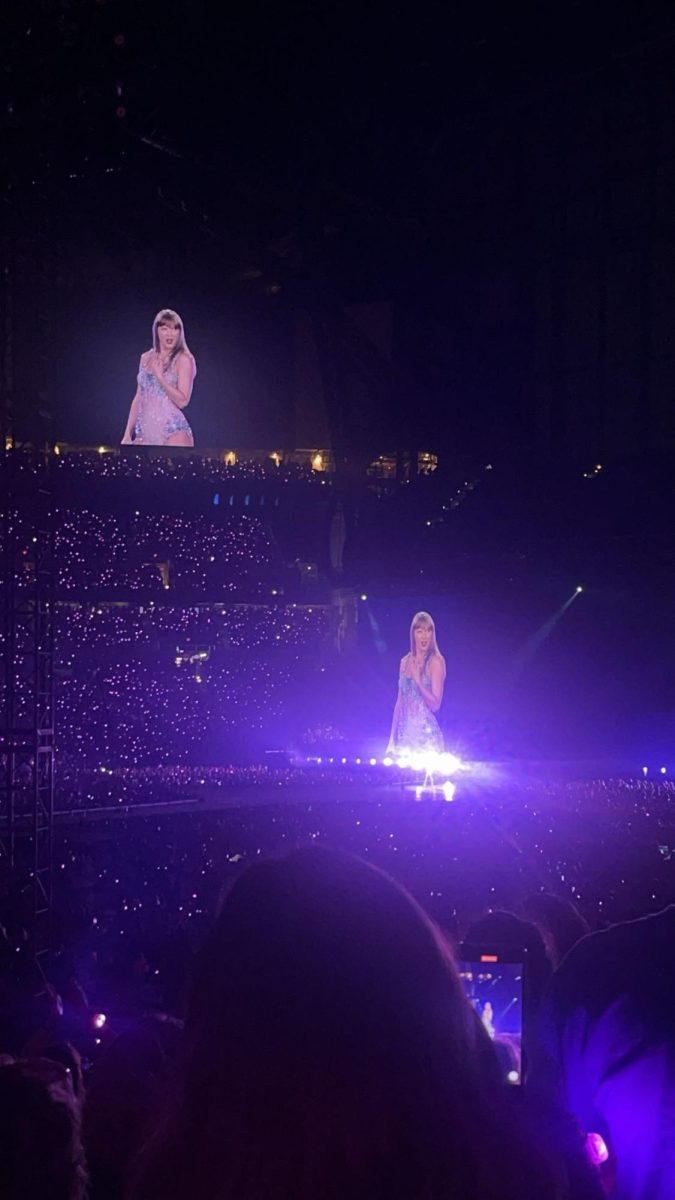Almost every month, the theatre department at Thomas comes together to put on a show. With four shows in the first semester of this year, the stages of production go quickly. So many people come in and out at different times for the show to be performed. These include the director, Mrs. J; the costume designer, Bev; student directors, set designers, stage crew, and of course, the actors.
One of the first stages of a show after its cast is the read-through. The actors and directors gather for three hours on a Saturday to read the script. After that, the official rehearsals start. These can take place every day or every other day for weeks. This varies depending on what Mrs. J wants to prioritize. “It’s a balance between figuring out scenes that need more attention or monologues as well as looking at who is needed in each scene and trying to find the most time-effective way to make sure I’m using people’s time wisely.” Usually, the actors have some rehearsals that focus on specific scenes and acts and others where they aim to rehearse the full show. As the performances near, the number of full rehearsals increases.
While the actors are learning their lines, the design aspect of the show is taking place behind the scenes. Bev comes in for a couple of days to provide costumes for the actors, who try them on before and during rehearsals. Sometimes, Bev also makes things for specific shows, such as the main stage musicals, like The Sound of Music. Meanwhile, the set designs choose what they want the stage to look like. Lucy Kavinsky is working with Anna Markwardt on the set for Community Garden, the play taking place this November, as the set designers for the show. “We have our book box, we have plant plots, we have a bunch of plants we’re going to build, and then some shed signs.” While there isn’t much space on the KMS stage, the designers are putting a lot of creativity into the set. Kavinsky enjoys “Being able to put [her] own spin on the original script.” Next month, the actors will get to see the result of Kavinsky and Markwardt’s hard work.
The actors are an integral part of performances as they are the ones who bring the characters or people from the script to life. It’s a process full of long days, line struggles, and best of all, getting to perform. “It feels like the world melts away and you are in the world you’re acting in,” says Carleigh Traverse, a senior. Traverse has “always been a performer” and has been in the department since freshman year. But like all actors, she has her struggles. She had difficulty during All I Ever Need to Know I Learned in Kindergarten two years ago “because [she] had to deal with some fears.”
Many people help out and work together every month for shows to be put on in the Thomas Worthington theatre department. Every job has its struggles and joys. In the end, the cast and crew get to see everything they’ve worked on come together for two or three nights during performances. The lights come on, the lines are said, and everything works in tandem. Though the rehearsal process can sometimes take some perseverance, it all pays off when the show begins.

